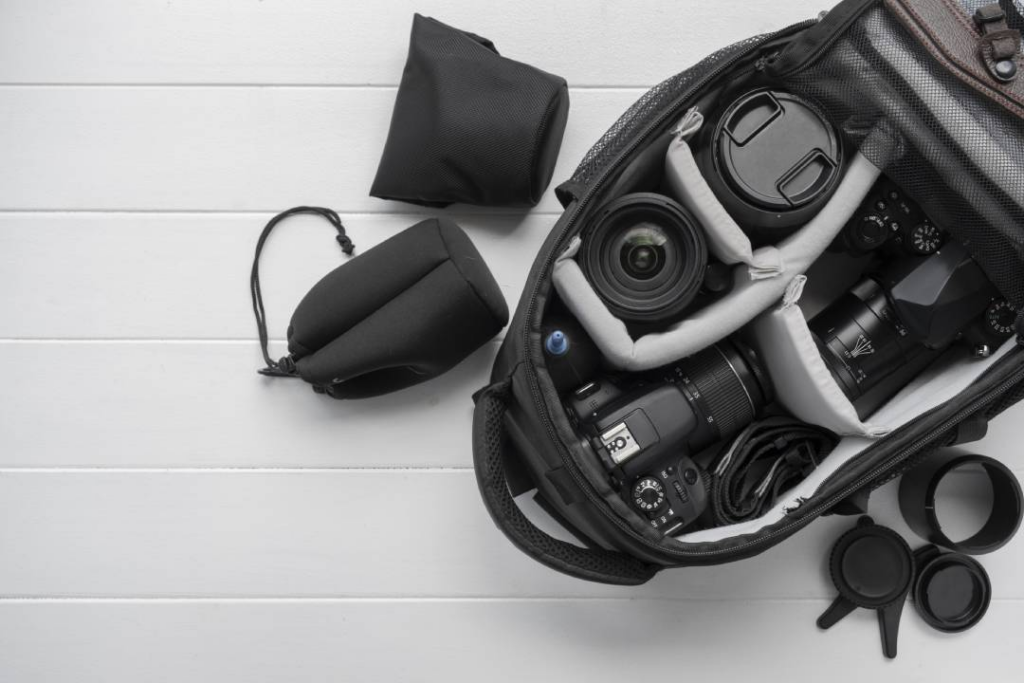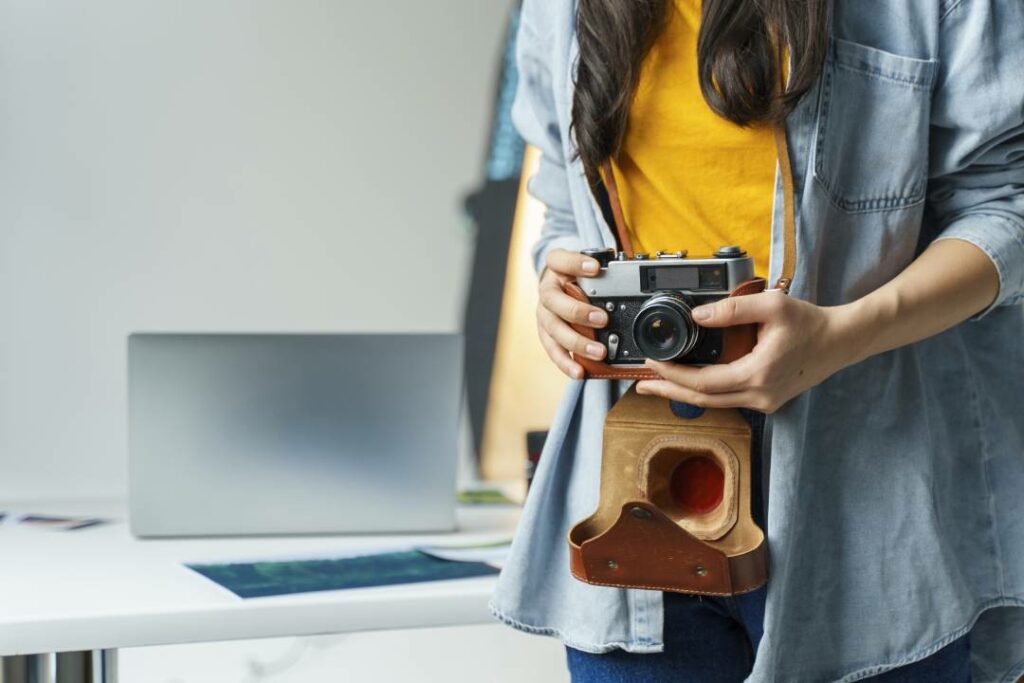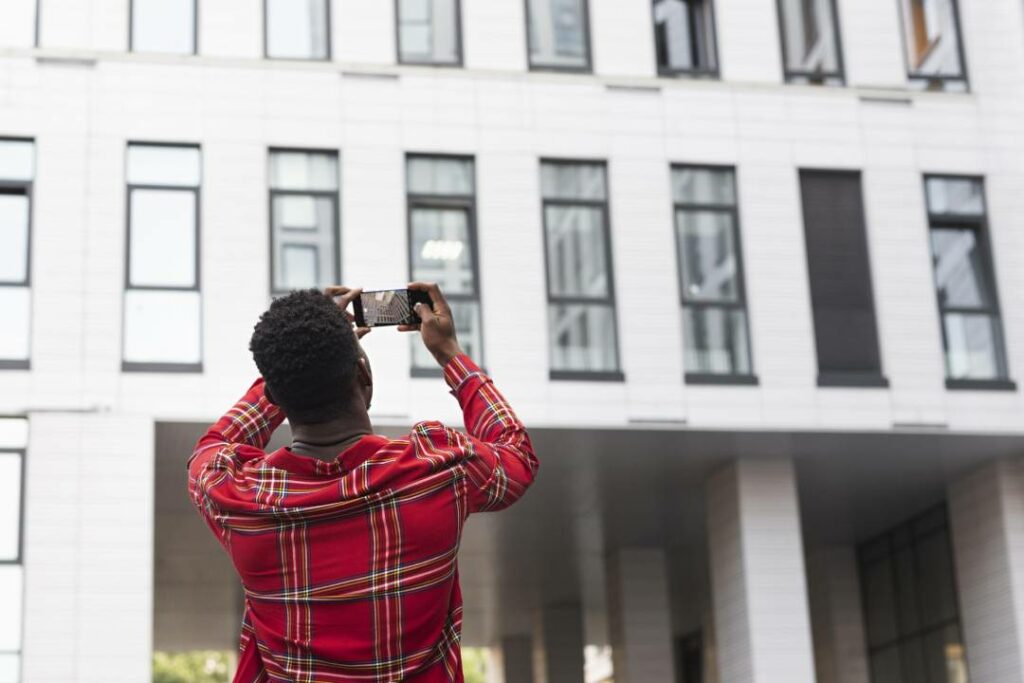Real estate photography significantly impacts the Malaysian property market, serving as the first point of contact between sellers and potential buyers.
In this blog post, we’ll explore the art and science of taking great pictures that stand out in Malaysia’s competitive landscape of real estate photography.
From recognising the importance of lighting and composition to mastering post-processing techniques, we provide you with practical tips to elevate your real estate photography game.
What is Real Estate Photography?
More than just taking pictures of properties, real estate photography requires skill, patience, and a keen eye for detail.
This genre of photography is dedicated to capturing the uniqueness of residential and commercial properties to entice potential buyers or renters.
In Malaysia’s bustling property market, high-quality real estate photos can significantly affect how quickly a property sells and at what price.
What is Necessary for Real Estate Photography?

Embarking on a real estate photography venture doesn’t require an arsenal of equipment from the get-go.
At its core, you need three essential items: a camera, a lens, and a tripod. While there are other tools that can enhance your results and efficiency, starting with the basics is key.
You can gradually build up your toolkit as you gain more experience and understand your specific needs in the field.
1. Camera
The foundation of real estate photography lies in a reliable camera capable of manual settings.
Choose a DSLR or mirrorless camera with either a crop or full-frame sensor that offers the flexibility needed for various shooting conditions.
2. Lens
A wide-angle lens is indispensable in real estate photography for its ability to capture small spaces without compromising the sense of space.
Popular choices include the Nikon AF-S 16-35mm f/4G and the Canon EF 16-35mm f/4L IS USM.
For those looking for the industry standard, the Sigma 12-24mm f/4 Art Lens is a fantastic option, compatible with both Nikon and Canon cameras.
To eliminate distortion and achieve even more professional results, a tilt-shift lens, although pricier, can be a valuable addition to your kit.
3. Flash
Lighting can make or break a property photograph. Strobes or flashes are essential, particularly in dimly lit spaces.
Beginners might start with flashguns due to their affordability, but as you progress to larger properties, monolights become indispensable with their superior brightness.
4. Tripod
Stability is crucial in real estate photography to avoid blurry images and maintain consistency in perspective across shots.
Setting your tripod at a consistent height, such as five feet, ensures uniformity in your images, which is vital for creating a coherent property portfolio.
5. Remote Trigger
A remote trigger is a must-have to further reduce the risk of camera shake, especially with slow shutter speeds.
It allows for hands-free operation, ensuring sharp, clear images every time.
6. Flash Trigger
An off-camera flash setup requires reliable flash triggers.
These devices connect the flash units to your camera, allowing for more flexible and creative lighting setups.
7. Light Modifier
Bare flash can create harsh shadows and put the space in an unflattering light. As such, pointing it towards the ceiling is a common technique to soften the light.
However, high ceilings or insufficient bounce light may necessitate the use of light modifiers, such as shooting umbrellas, which are compact, portable, and ideal for tight spaces.
8. Light Stand
Supporting your flash units with light stands is a given. While regular stands suffice for lighter flash heads, sturdier C-stands might be needed for larger, more complex setups.
Depending on the size and requirements of the property being photographed, you may require more than a couple of these.
Read More: Social Media Tips for Rental Property Marketing in Malaysia
A Guide to Captivating Photography

High-quality photographs and videos showcase a home’s best features and convey its unique charm and potential.
Let’s dive into the essential techniques and tips for capturing compelling real estate imagery.
1. The Magic of Light
Lighting is the cornerstone of exceptional real estate photography. It has the power to transform an ordinary space into an inviting haven.
For interiors, harnessing natural light is key. Open all blinds and curtains to flood the space with sunlight, creating a bright and welcoming atmosphere.
Steer clear of harsh artificial lights that can cast unappealing shadows and detract from the space’s allure.
Exterior photography thrives during the enchanting “golden hours” of dawn and dusk. The gentle, warm light during these times bathes properties in a flattering glow, enhancing their appeal.
Midday’s stark light, with its strong shadows, is less ideal and should be avoided when scheduling shoots.
2. Crafting the Perfect Shot
The composition of your photographs can dramatically influence their impact.
Employing the rule of thirds, where the frame is divided into a grid, and key elements are positioned at intersecting lines, creates balance and visual appeal.
Don’t shy away from experimenting with various angles and perspectives. Unique viewpoints can introduce depth and intrigue, capturing the viewer’s imagination.
3. Essential Gear for Top-Tier Results
Quality equipment is fundamental in real estate photography. A reliable camera paired with a wide-angle lens is indispensable.
This allows for comprehensive room captures, making spaces appear more expansive.
A tripod is also crucial, ensuring stability and sharpness in your shots, which is essential for professional-grade results.
4. Highlighting the Details
A property’s distinct features can be its selling points. Pay attention to unique architectural elements, bespoke fittings, or any aspect that adds character to the home.
These details can distinguish the property in a crowded market, drawing the attention of prospective buyers looking for something special.
When photographing, focus on key living spaces such as the master bedroom, living room, dining area, and kitchen.
These are the heart of the home, where buyers envision their daily lives unfolding.
5. The Power of Virtual Tours
In an increasingly digital world, virtual tours offer an immersive experience, allowing potential buyers to explore a property virtually.
Utilising 360-degree cameras and specialised software, these tours provide a comprehensive view of the home, invaluable for those unable to visit in person.
For video walk-throughs, a steady hand and a smooth, deliberate pace are essential.
These videos should guide viewers through the property seamlessly, highlighting each room’s best attributes while offering a sense of the home’s overall flow and layout.
Read More: Property Vacancy: Overcoming Extended Vacancies in Malaysia
How to Prepare for a Property Shoot

1. Gear Up in Advance
Ensuring that all your photography equipment is ready the night before is crucial for a smooth property shoot.
This preparation includes charging all batteries, cleaning lenses, and ensuring memory cards are empty and ready for new shots.
Organising your gear beforehand prevents last-minute hiccups and sets the tone for a professional and efficient shoot.
2. Simplify the Setting
A clutter-free space is key to capturing the true essence and potential of a property.
Encourage homeowners or agents to tidy up the area, removing personal items, decorations, and clutter that might distract from the property’s features.
A clean and minimalistic environment allows prospective buyers to envision themselves in the space, making your photos more effective.
3. Conduct a Pre-Shoot Walkthrough
Before you begin capturing images, take a moment to walk through the property.
This initial walkthrough helps you understand the layout, identify the best angles, and plan your shots.
It’s also an excellent opportunity to spot any areas that might need last-minute tidying or adjustments to lighting.
4. Deciding on Lighting
The choice between keeping lights on or off during a shoot can significantly affect the ambience and mood of your photos.
Turning lights on can add warmth and a welcoming feel to the space, but be mindful of mixed lighting conditions, which can be challenging to balance.
If the natural light is sufficient and offers a consistent look, you might opt to keep the lights off.
Consider the property’s lighting setup and the time of day to make the best decision for each room and scenario.
Read More: Renting with Pets in Malaysia: What Tenants Need to Know
Elevating Your Property with Professional Photography
Mastering real estate photography is essential for capturing and showcasing the best aspects of a property.
Moreover, landlords can consider exploring advanced tools and platforms to enhance your property’s visibility and attractiveness.
For a comprehensive solution that caters to all your real estate needs, check out the Rumah-i app, available for free on Google Play and the App Store.
It’s your gateway to showcasing your property at its best and connecting with the right audience in Malaysia’s vibrant real estate landscape.




